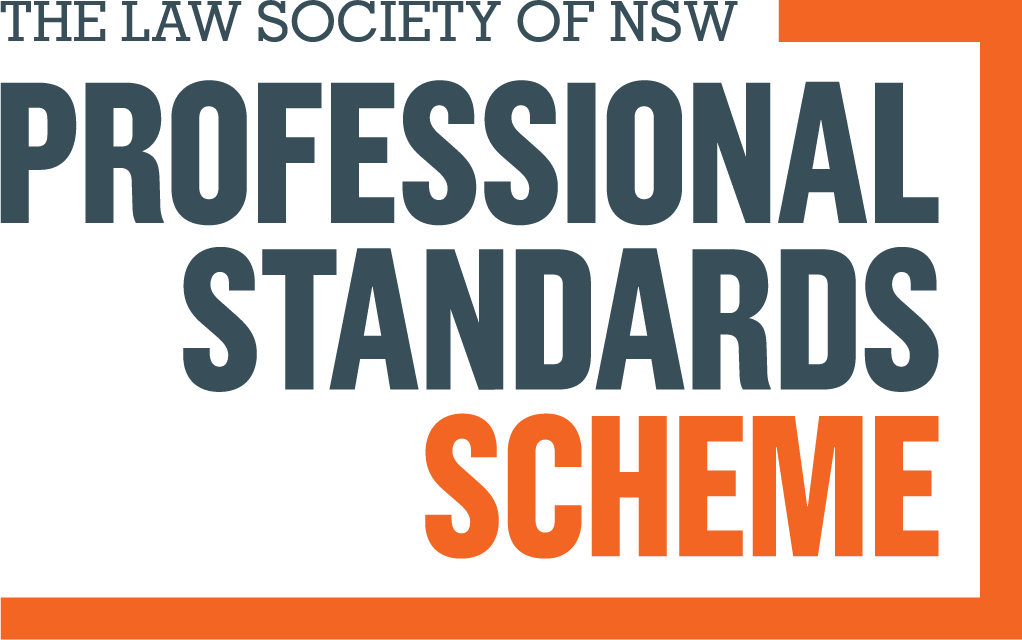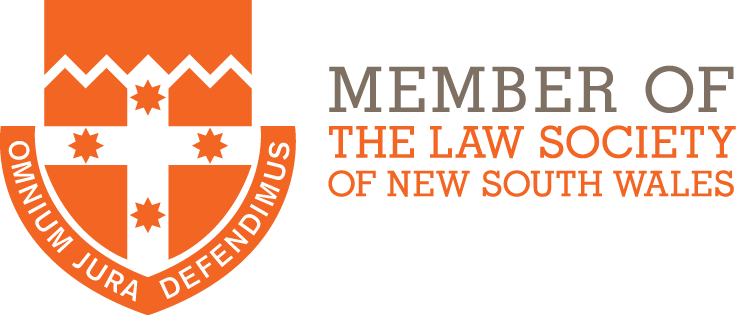Resident Return Visa (Subclass 155, 157)
If you’re a permanent resident of Australia, you can stay here as long as you want. That part doesn’t change.
But what many people don’t realise is—your right to freely leave and return to Australia comes with an expiry date.
This is where the Resident Return visa (RRV) comes in. Whether you’re living overseas, planning a quick holiday, or just keeping your options open—understanding the subclass 155 and 157 visas is essential.
Let’s break it down clearly, so you don’t need to look anywhere else.
What Is a Resident Return Visa (RRV)?
The Resident Return visa (RRV) lets you re-enter Australia as a permanent resident after the travel facility on your original PR visa has expired.
See, most Australian permanent residency visas come with a 5-year travel facility.
This means you can leave and re-enter the country as much as you like—but only within those five years.
Once that period ends, you can still live in Australia.
But if you leave without a valid travel facility or RRV—you might not be allowed back in.
To keep travelling in and out of the country legally, you’ll need to apply for a Resident Return visa.

Who Needs an RRV?
You may need this visa if:
- You’re a current Australian permanent resident
- You used to be a permanent resident, but your visa expired
- You were once an Australian citizen but gave it up or lost it
If you’re now an Australian citizen, you don’t need this visa—citizens can travel freely in and out of Australia.
Resident Return Visa (Subclass 155)
This is the most common RRV option. It lets you return to Australia as a permanent resident and comes in two versions:
Five-Year RRV
To qualify, you need to have spent at least two years (730 days) in Australia in the last five years as a permanent resident.
These days don’t have to be in one go—spread them out if needed. But you cannot count time spent on temporary or bridging visas.
If you meet this, you’ll likely get a five-year travel facility, meaning you can leave and return to Australia as you please for five years.
One-Year RRV
Didn’t spend enough time in Australia? That’s okay. You might still be eligible if you can prove you have “substantial ties” to Australia that benefit the country.
These ties could be:
- Business ties – Owning or managing an Australian company
- Employment ties – Working remotely for an Australian employer
- Cultural ties – Community involvement, artistic or social contributions
- Family ties – Having close family members (like spouse or kids) who live in Australia
You’ll need to write a statement and provide evidence—bank statements, payslips, emails, family certificates, or anything else that supports your connection.
Applications are assessed case-by-case, so the more detail, the better.
Resident Return Visa (Subclass 157)
This is a short-term RRV, valid for 3 months only.
You may qualify for a subclass 157 visa if:
- You spent at least one day in Australia in the five years before applying
- You have a compelling and compassionate reason for wanting to leave or for why you left earlier
Examples of acceptable reasons:
- Leaving to care for a sick family member overseas
- An emergency that required your urgent travel
- Circumstances outside your control that prevented your return
This option can help you re-enter Australia and then later apply for a longer RRV once you’re back onshore.
Health and Character Requirements
Good news—health checks are generally not required for RRV applications.
However, you will need to answer character-related questions, and you may be asked to provide police clearances if your history raises any red flags.
The Department can refuse the visa on character grounds, so be honest in your application.
What Can You Do on an RRV?
Both the 155 and 157 visas are permanent residency visas.
That means with a valid RRV, you can:
- Live in Australia as a permanent resident
- Work and study freely
- Access Medicare
- Sponsor eligible family members for PR
- Apply for Australian citizenship (if eligible)
- Leave and re-enter the country based on the travel facility you’re granted
So it’s not just about travel—it’s your key to continuing life in Australia as usual.
What If My Travel Facility Has Expired?
If your travel facility has expired and you’re overseas without an RRV—you cannot return to Australia as a permanent resident.
You’ll need to apply from overseas, wait for it to be granted, and only then return.
That’s why it’s so important to keep track of your travel expiry date.
Tip: Keep your passport details updated with the Department of Home Affairs. It helps prevent issues when checking visa validity or applying for a new RRV.
How Long Does It Take to Process?
Processing times are generally quick:
- Subclass 155
- 75% of applications processed in under 4 days
- 90% in under 3 weeks
- 75% of applications processed in under 4 days
- Subclass 157
- No specific timeline, but generally fast due to lower volume
How Much Does It Cost?
The cost for applying for a Resident Return Visa (RRV) depends on how you submit your application:
- Online application:
The fee for applying online for both the subclass 155 and 157 visas is AUD 475. This is the most common and efficient way to apply.
Applying online is quicker and simplifies the entire process, allowing you to track your application status and receive updates directly.
- Paper application (less common):
If you choose to apply on paper, there is an additional fee of AUD 555. Paper applications generally take longer to process and may require you to submit extra documentation in person or by post.
Important:
The fees are non-refundable, even if your application is refused. It’s crucial to ensure you meet the eligibility criteria before submitting your application.
Get Expert Help from CIA Lawyers
At CIA Lawyers, we handle all the paperwork, timelines, and evidence gathering so you don’t have to stress.
Our experienced team has helped countless individuals get their Resident Return visas approved quickly and smoothly—even in tricky cases involving offshore applications or complex family ties.
We don’t just lodge your visa—we explain every step in plain English and support you until it’s done.
Need help applying for a Resident Return visa? Contact CIA Lawyers today and let’s get you back to Australia without the headache.

Conclusion
Your permanent residency is valuable—don’t risk it by letting your travel facility expire without a backup plan.
The Resident Return visa (subclass 155 and 157) is your ticket to keeping your travel rights as a permanent resident alive. Whether you’ve lived in Australia for years, spent time overseas for family reasons, or need help proving your ties—you don’t have to go it alone.
At CIA Lawyers, we’re here to simplify the process and give you peace of mind. Our team understands the details, deadlines, and emotional stress tied to visa issues—and we’ve helped countless clients just like you.
FAQs
What is the difference between the subclass 155 and 157 Resident Return visa?
Do I lose my permanent residency if I don’t apply for an RRV in time?
Can I count time spent on a bridging visa or temporary visa towards my 2-year requirement for the subclass 155?
I haven’t lived in Australia for 2 years in the last 5—can I still apply?
Can I renew my Resident Return visa multiple times?
How long does it take to process an RRV application?
Our Process
Connect with a qualified solicitor to discuss your immigration needs and determine the best strategy for securing your visa under Australian immigration law.
Our legal consultants will guide you through the preparation of all required documentation, including any necessary written or oral submissions.
We stand by your side throughout the entire process, advocating on your behalf and supporting you until your visa application is successfully approved.
Visa Services
- Visitor Visas (Subclass 600)
- Student Visas (Subclass 500)
- Work Visas
- Partner Visas (Subclass 820/801)
- Family Visas
- Business & Investment Visas
- Skilled Migration
Let Us Help You !
we are dedicated to helping you achieve your visa and immigration goals.





